HCP resources
You will find a wealth of resources in this section, to help you gain a deeper understanding of numerous topics, such as: C-section birth and the infant gut microbiota, HMOs and gut development, how preterm infants can benefit from HMOs, Vitamin D facts, managing colic in formula-fed infants, and tools such as the Bristol Stool Chart.
Baby’s stool is a conversation parents frequently have with healthcare professionals, with questions about why their baby’s stool looks the way it does, to whether their baby is constipated. This chart is a general guide, designed to help better determine the stool consistency during your conversations with parents.
For mothers who have given birth via c-section, please peruse our resource on infant microbiota and C-section resource to learn why a healthy microbiota development after birth is so important.
In our HMO and gut development resource, discover how HMOs promote gut development in early life, including gut microbiota, gut immunity and gut barrier function1,2,3. With the advancement of technology and research, more HMOs are available on a large scale, allowing the clinical evaluation of their effect on several aspects of an infant’s development like the microbiome and immune system.
Preterm babies face specific health risks related to their immaturity / developmental needs4-5. Discover why achieving timely enteral feeding is critical to support the development of preterm babies and how HMOs play a key role in supporting early full enteral feeding.
We also provide resources on how to manage colic in formula fed infants. We explore the stepped-care approach which is designed to help healthcare professionals support parents to manage their baby’s colic, discuss how to identify the signs of colic following the ROME IV criteria6, recommend techniques that may help soothe the crying infant7, and investigate taking a nutritional approach.
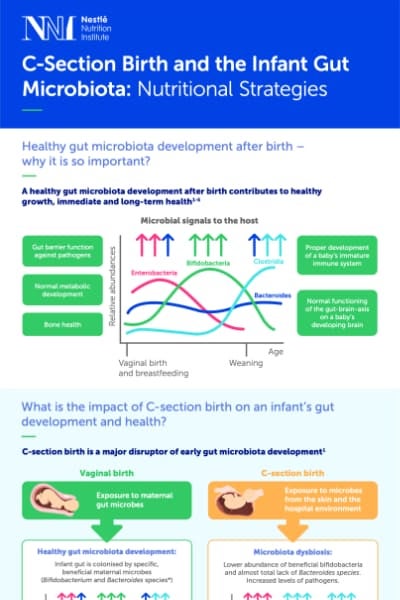
C-section birth & the infant gut microbiota
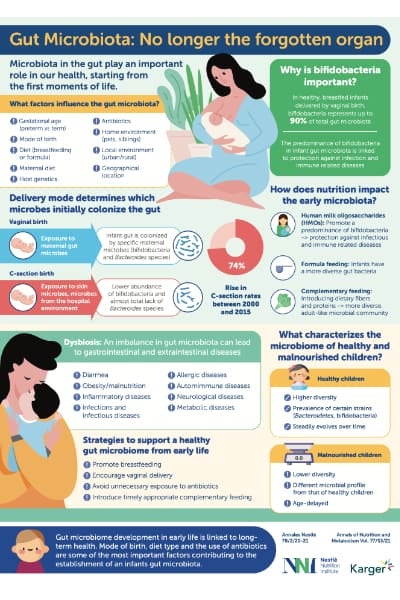
Gut Microbiota: no longer the forgotten organ
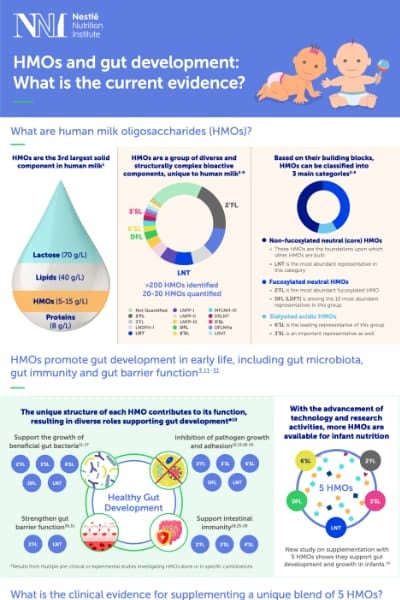
HMO and gut development
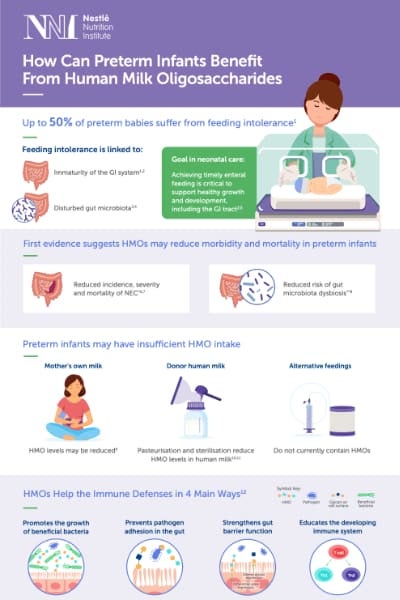
How can preterm infants benefit from HMOs
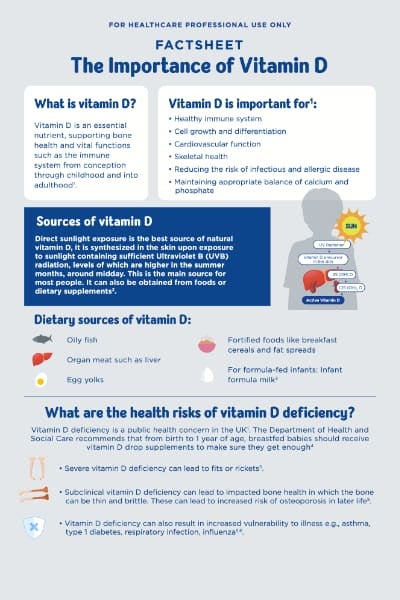
Vitamin D factsheet
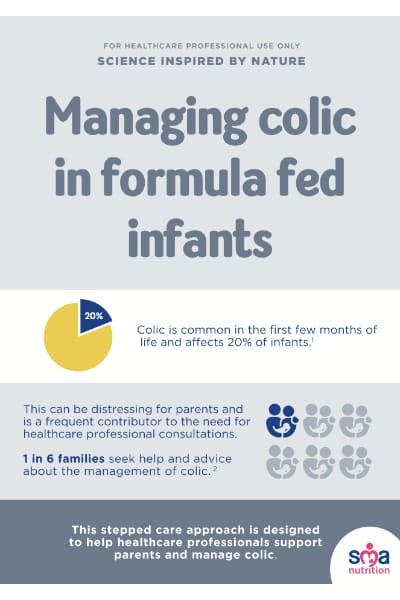
Managing colic in formula fed infants
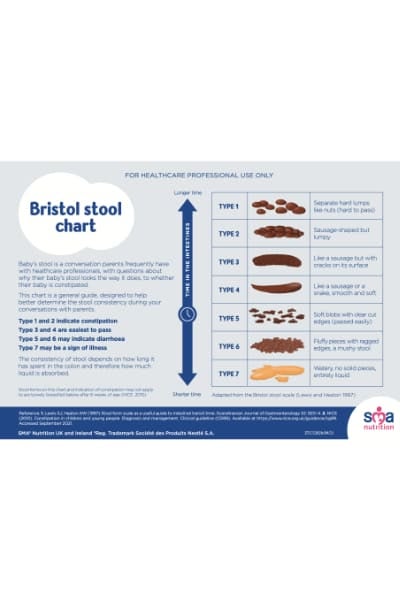
Bristol stool chart
- Bode L. Early Hum Dev. 2015;91(11):619-22.
- Lewis ZT et al. Microbiome. 2015;3:13.
- Bosheva M, Tokodi I, Krasnow A, et al. Front Nutr. 2022;9:920362.
- WHO 2020 - Born too soon: The global action report on preterm birth
- WHO 2022 - WHO recommendations for care of the preterm or low-birth-weight infant
- Benninga M et al. Childhood Functional Gastrointestinal Disorders: Neonate/Toddler. Gastroenterology 2016;150: 1443–1455.
- NICE (updated 2022) scenario: Management of infantile colic. Available at https://cks.nice.org.uk/topics/colic-infantile/management/management/ Accessed: July 2025.

